Indians may have had trouble accepting the momentous art presented by maestro M.F.Hussain but the world is lauding his masterpieces. In fact, with a view to celebrate India’s 70 years of independence, Art Institute of Chicago will be showcasing the M.F.Hussain’s painting on modern India.
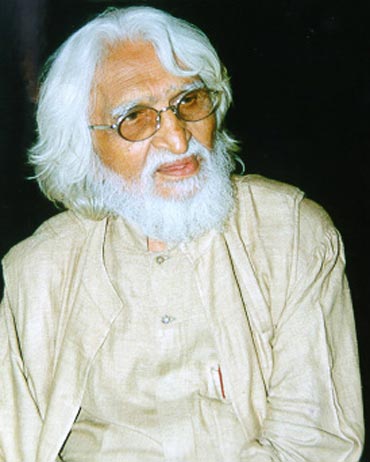
“India Modern: The Paintings Of M.F.Hussain” is not only a tribute to the country but it also extends its salutations to the artist laureate and Indian art. The special exhibition which will be held in March 2018, will present eight large triptychs from the Indian civilization series of Hussain. The series presented, celebrate India’s diverse and rich culture and history. London based art collectors Usha and Lakshmi Mittal had commissioned Hussain to create this series. Hussain was a driving force in the development of modern Indian art. At the time of his death, in 2011, he could complete eight of the 32 paintings. These triptychs depict India from the earliest civilization of Mohenjo Daro to the present day Mahatma Gandhi. These paintings were the last works of the artist laureate.
Every painting in the series portrays varied aspects of Indian culture. For instance, the painting called “Hindu Triad” shows Brahma, Vishnu, Mahesh, the trinity known as the creator, protector, and destroyer of the universe. The painting “Language of stone,” pays tribute to the Nobel prize winning poet laureate of India, Rabindranath Tagore by inculcating his words in the art to pay homage to India’s greatest sculptural heritage. And then there is the painting, “Tales of three cities” which is particularly significant because it shows Swami Vivekananda at the World Parliament of Religions, which took place in the museum’s Fullerton hall in 1893. To elaborate on the painting, one sees a journey from Kashi, subcontinent’s ancient city to Calcutta, the seat of British Raj to New Delhi, the capital of present day India.
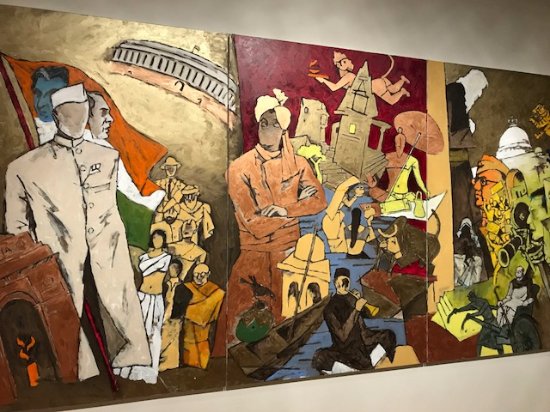
Maqbool Fida Hussain, the name had become synonymous to controversies. Rather the paintings of the artists were said to have flirted with controversies. He was framed one too many times for having portrayed the God and Goddesses in the bad light. It is therefore that he sought refuge in an alien country, far away from his roots. However, his work and contribution towards the uplifting of Indian art cannot be ignored. “Picasso Of India,” was known for his pragmatic spirit. He was often found barefoot. He would often cite the same reason, he maintained that he loved the feel of the Earth under his feet. His approach was unconventional, non-traditional and vivid. He began his career as a painter for hire in the 1930s, he created billboards for the Indian film industry. Soon he joined the wagon of artists with eccentric styles. He kept returning to the film industry to showcase his brilliance by painting the finds of Indian cinema. His favourite and most appreciated painting was that of his muse, Madhuri Dixit. Such was his craze for the actress that he even directed a film, “Gaja Gamini” with Madhuri Dixit in the lead. Later, he released a book with Madhuri being his inspiration behind the birth of that book. He is quoted to have said in an interview, “The woman has been in my work for 60 years now.” It was as if Madhuri’s image personified Hussain’s painting from a canvas.
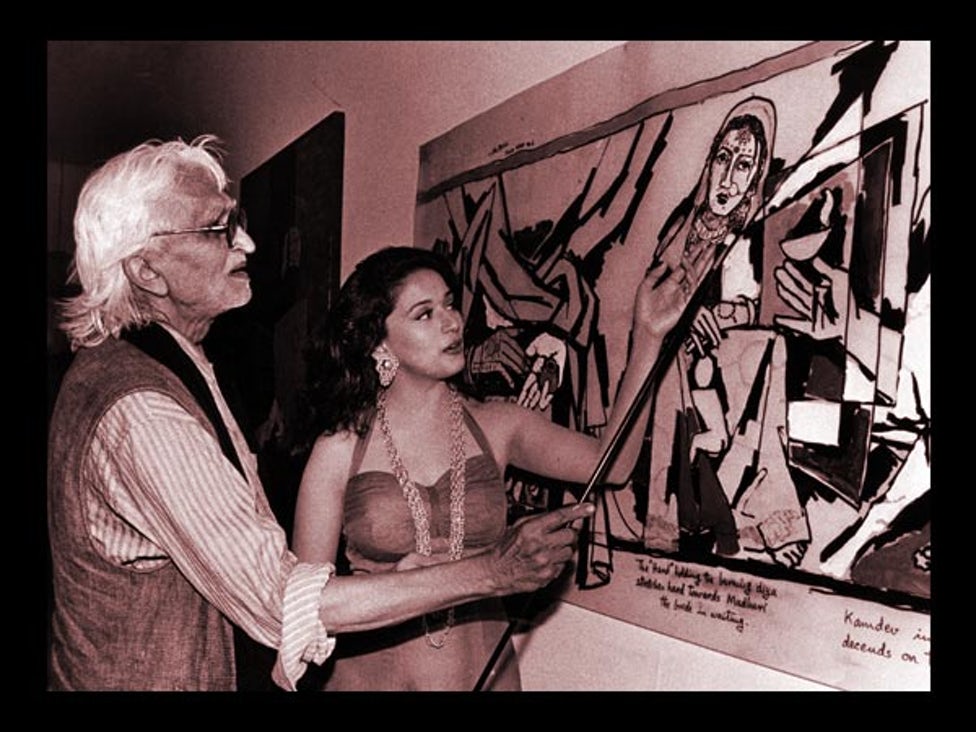
This Indian painter with International acclaim did not restrict his work within the walls of canvas but founded Bombay progressive artists’ group to lend support and encouragement to the budding artists in India. The group is said to have been a tool to bring forth the post partition modern India through art. Hussain was a part of Indian modernism in the 1940s. His work was said to depict varied emotions. It was a modified cubist style, caustic, funny, sombre and emotional. He may have brought alive the great personalities like Mahatma Gandhi, Mother Teresa and the scenes from the great Indian epics through his triptychs but what attracted the art connoisseurs was the leitmotif of depicting the free spirit of horses. Not only was he a painter but he was known as a printmaker, photographer, and a filmmaker. His career as a filmmaker was appreciated with a path breaking film, “Through The Eyes Of A Painter,” which went on to bag National Film Award For Best Experimental Film. Another film from the celebrated artist was Meenaxi: A Tale Of Three Cities which released in the year 2004, this film too went on to win many accolades and awards and was well received amongst the critics.
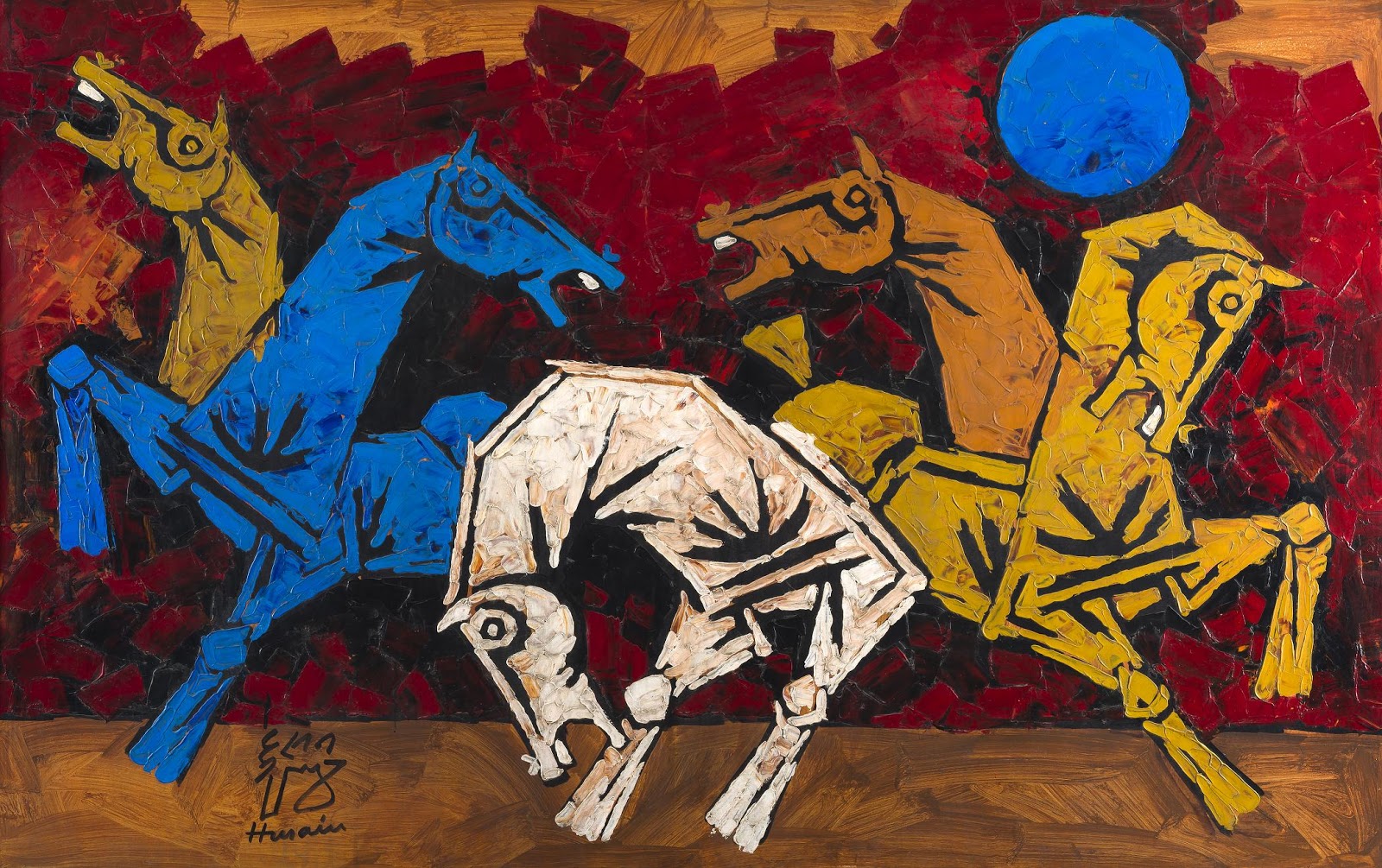
M.F.Hussain was a recipient of all three prestigious honour conferred by the Indian government Padma Shri in 1966, Padma Bhushan in 1973 and Padma Vibhushan in 1991. Hussain had a special invite to attend an even held in Sao Paulo Biennial, Brazil alongside Pablo Picasso in 1971. He was also nominated to Rajya Sabha, the upper house of Indian parliament, in the year 1986. Hussain harped on the Indian modern art, a movement in the Indian painting which is said to have begun in Calcutta in the 19th century, pioneered by Raja Ravi Varma. He mixed the rich culture of the country with the global sensibilities of the present era which earned him all the recognition.
“India Modern: The Paintings Of M.F.Hussain” scheduled to be held in March 2018, will see the works of the artist laureate interspersed amongst the varied Indian sculptures. The installation promises to enrich the experience by a setup of interpretative elements and engaging programming. As is Louvre in Paris and Metropolitan Museum Of Art in New York, so is Art Institute Of Chicago, touted to be amongst world’s best museums for arts. It is here that we find the works, rather the masterpieces of some of the well-known and revered artists and painters of the world. The Bedroom by Vincent Van Gogh, A Sunday Afternoon on the Island of La Grande Jatte by Georges Seurat, American Gothic by Grant Wood, The Old Guitarist by Pablo Picasso, Nighthawks by Edward Hopper, Monet’s Waterlilies, Mary Cassatt’s The Child’s Bath are amongst the famous paintings displayed in the museum. It is indeed a proud moment for the Indians to have an exhibition to pay homage to India’s revolutionary painter and filmmaker, M.F.Hussain.
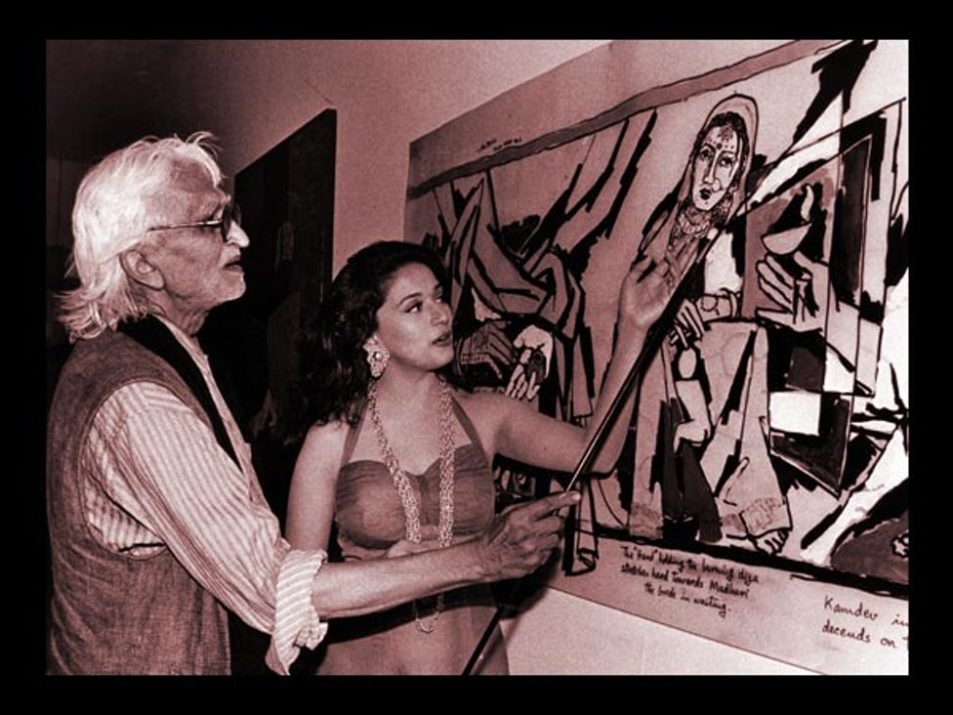


What do you think?